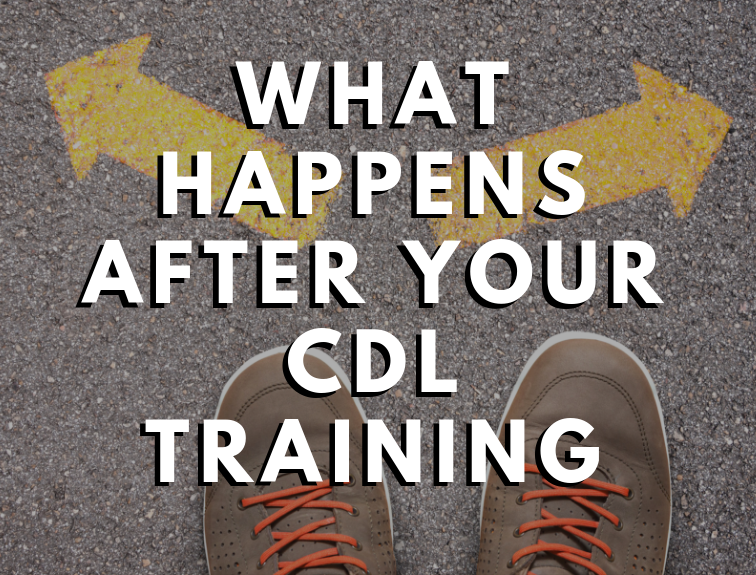
What Happens After Your CDL Training
Beginning a Career as a Truck Driver
A CDL (Commercial Driver’s License) is a type of driving license necessary to operate large vehicles like large freight trucks, dump trucks, passenger buses, and concrete mixers. There are three CDL classes in the United States which determine the type of vehicle you are certified to drive; Class A, Class B, and Class C.
To be certified as a truck driver, you must obtain the appropriate license, and CDL training prepares you for this. Trucks are notoriously more difficult to maneuver because of their size, and specialized training is required. Licensing requirements may vary from state to state, and cover regulations that range from how long you can drive daily to how long you can operate in one state.
How do you get CDL training?
You will be required to go to a CDL school, like GDA, which will first give you classroom training (instructing you on things like the safety instructions, regulations, and state-specific driving requirements). It then moves on to field training (teaching basic and specialized truck driving/maintenance skills and providing experience). You can pay for the training yourself, use financial assistance/sponsorships, or use company-sponsored CDL training programs.
What Happens Next?
After completing your CDL training, you will have to take the CDL test, which certifies you as a truck driver and earns you your license. This CDL test usually involves both a written and a driving section. Several steps can make this process a success:
Study Hard
Start preparing for the CDL test as early as possible. Save relevant booklets and notes for future reading and reference. Make out time to study daily because keeping your studies fresh in your mind will help in any interview process and in showing technical skills. Also, ask CDL school instructors to help you get practice tests, so you are prepared for all the questions coming your way.
Find Your Dream Job
Having a plan for who you want to work for, will help to make your job search easier. Some carriers even offer CDL schooling reimbursements and mentorship programs to help you fit into new environments. Plenty of research will go a long way into helping you make the best choice.
Be Prepared Financially
After paying for your CDL training, there are several fees you must pay to get your CDL. You have to be prepared to pay for things like a learner’s permit, writing the CDL exam itself, and a road test. Do the research and ask questions about what fees are required in whatever state you are in, so you are not caught unawares and start saving. We’ve even gathered some apps to help you with your finances – which you can read about here.
Additional Training
Even after passing the CDL test, you may need to complete an orientation program which requires extra training by any company or carrier you want to work for. This training is usually free, and requirements differ depending on the company’s policies. You will need to complete such programs before you can earn the company’s confidence in your ability to drive their trucks and represent them.
Once you complete all these, you are ready to hit the road with your brand new license and start your truck driving career. To get more information about the exact requirements for achieving a smooth transition from CDL training to certified truck driving, don’t hesitate to contact us at Georgia Driving Academy today.

